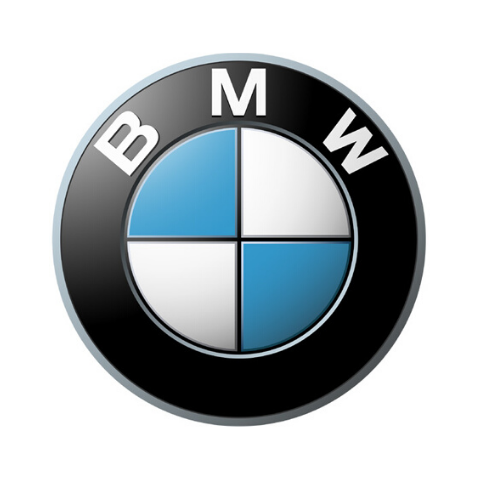Not everybody knows that BMW started as a manufacturer of aircraft engines. In October 1913 Karl Friedrich Rapp establishes "Rapp-Motorenwerke" in a former bicycle factory near Munich.
Rapp was an engineer who arise through the Daimler system and "Rapp-Motorenwerke" was set up as a subsidiary of "Flugwerk", an airplane maker. He starts manufacturing his own aircraft engines but unfortunately they suffered from problems with vibrations.
In 1917, BMW's first aircraft engine, the Type IIIa, goes into production. It is a water-cooled six-cylinder inline engine, it features a unique "high-altitude carburetor" developed by chief engineer Max Friz that allows it to develop full power at altitude. Max Friz was a grand engineering mind who would dominate BMW's product development culture on into the 1960's.
BMW became an automobile manufacturer in 1929 when it purchased Fahrzeugfabrik Eisenach, which, at the time, built Austin Sevens under licence under the Dixi marque.
BMW's team of engineers progressively developed their cars from small Seven-based cars into six-cylinder luxury cars and, in 1936, began production of the BMW 328 sports car. Aircraft engines, motorcycles, and automobiles would be BMW's main products until World War II.
During the war, against the wishes of its director Franz Josef Popp, BMW concentrated on aircraft engine production, with motorcycles as a side line and automobile manufacture stopped altogether.
Towards the end of 1930, BMW attempted to introduce a new front axle with independent wheel suspension for both their models, the BMW 'Dixi' 3/15 DA4 and BMW 'Wartburg' DA3, but this resulted in accidents with the prototypes because of construction faults.
However, as the license with Austin would end in 1932, BMW decided upon the development of a completely new model and called in the help of German engineer Josef Ganz. He was hired as a consultant engineer at BMW in July 1931.
At first, Josef Ganz negotiated with BMW about possible manufacture of his innovative rear-engined Maikäfer prototype at BMW. However, BMW decided for a different model, more along the lines of the previous Dixi model. Therefore, with the assistance of Ganz, work started on the development of the BMW AM1, a small car with a front-mounted engine, rear-wheel drive, and independent wheel suspension with swing-axles.

